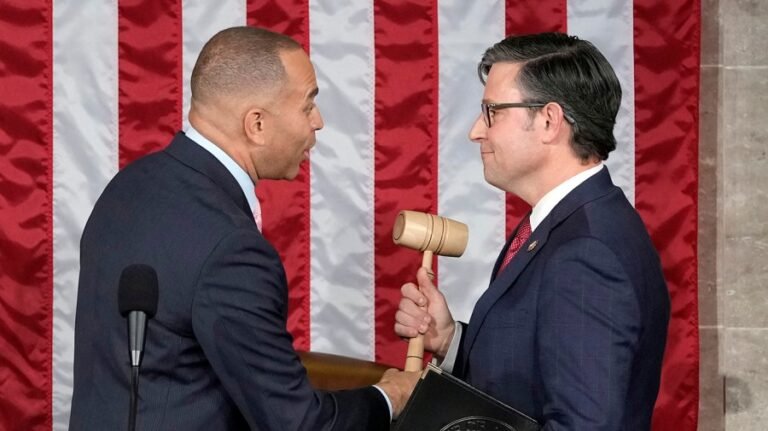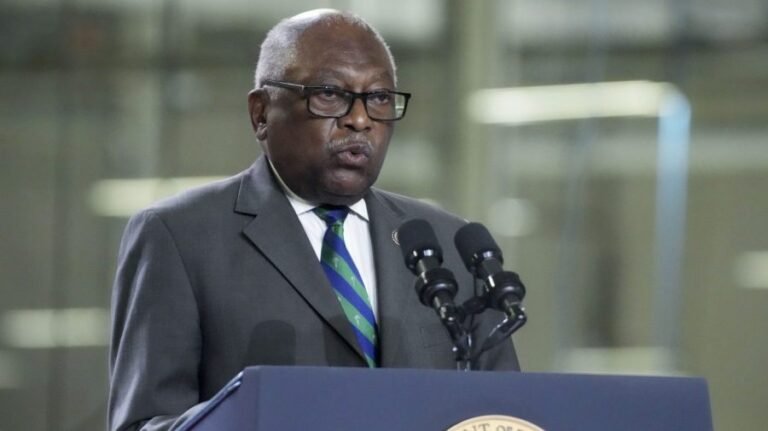
Sens. Bill Cassidy (R-La.) and Tim Kaine (D-Va.) proposed a new method to account for the expected lapse in the Social Security Trust Fund.
A June report from the program’s Old-Age and Survivors Insurance (OASI) fund would only be able to cover “100 percent of total scheduled benefits until 2033,” while the Disability Insurance (DI) trust fund is estimated to be able to pay “100 percent of total scheduled benefits through at least 2099.”
However, Cassidy and Kaine say trust fund investments should be diversified in order to maintain the available Social Security benefits.
BestReviews is reader-supported and may earn an affiliate commission.
Amazon Prime Day Deals

“We propose creating an additional investment fund — in parallel to the trust fund, not replacing it — that would be invested in stocks, bonds and other investments that generate a higher rate of return, helping keep the program from running dry,” Cassidy and Kaine wrote in a Tuesday op-ed for The Washington Post.
The two estimate that it would take a $1.5 trillion up-front investment into the fund to get it going, while suggesting the Treasury fund the accounts for 75 years.
“The Treasury would temporarily shoulder the burden of providing benefits to Social Security beneficiaries — but when the new fund’s 75 years are up, it would pay the Treasury back and supplement payroll taxes to help fill the future gap,” the senators said.
Cassidy and Kaine said their program would work, citing the National Railroad Retirement Investment Trust, which was created by Congress in 2001 and successfully provided retirement benefit payouts for railroad workers.
“The trust has remained firmly in the black, with returns even exceeding expectations at some points and with payments consistently remaining reliable and on schedule,” the lawmakers said.
“Our proposal is also consistent with virtually every other pension plan — state and private — currently operating in our country, and it matches the strategy most nations use to fund their retirement programs,” they added.





